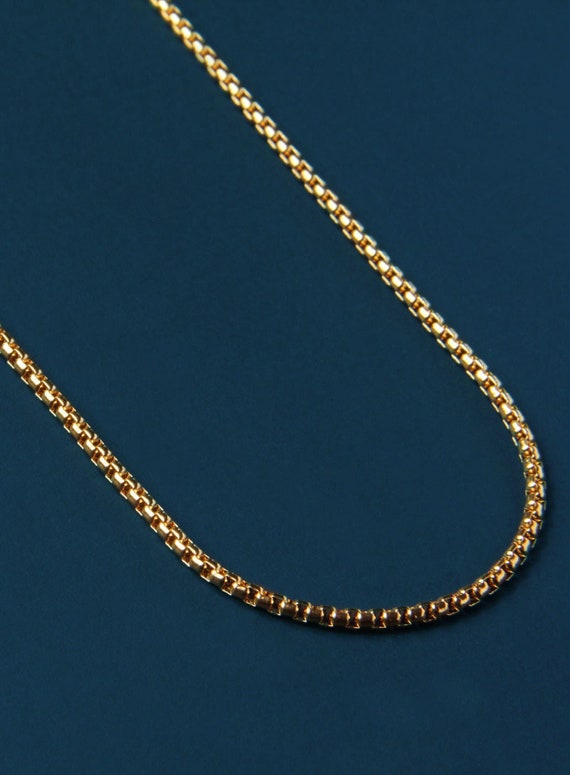Revealing the Secrets Of the Assessment Process Employed by Precious Metal Buyers
Wiki Article
The appraisal procedure used from precious metal purchasers is an crucial subject for individuals interested in disposing of precious metal. Comprehending how precious metal gets assessed can help sellers formulate knowledgeable choices as well as ensure they receive an equitable valuation. Precious metal buyers typically use several essential elements for determine the value of precious metal items, such as fineness, mass, plus present market prices. Each of elements has an significant part during this complete valuation process.
One of the initial stages of this appraisal procedure involves assessing the purity of the gold. Gold fineness is measured in karats, with 24 karats being pure precious metal. A majority of precious metal ornaments tends to be usually 100% while it may can consist of ten, fourteen, or eighteen karats. The higher a karat value, the more more gold content the piece contains. Gold purchasers commonly employ a testing method, like chemical testing and electronic testing, to determine the purity of the gold. This stage remains vital as it directly influences the item's value. For, example, a 24-karat gold item shall become valued greater compared to a 14-karat piece, even if they weigh the weight.
The weight of the gold piece remains a further key element of this appraisal procedure. Precious metal can be generally measured in grams or troy. Buyers will weigh the gold for compute the worth according to the purity. The weight is multiplied by the precious metal's fineness ratio for determine an amount of 100% precious metal contained in a piece. For instance, if a 14-karat gold band has a mass of ten grams, the item holds approximately 5.83 grams of pure gold in pure precious metal. Such computation assists purchasers ascertain how much they are willing to offer in exchange for an piece.
Current market prices also have an important part in the valuation for precious metal. Current valuation of gold fluctuates based to availability plus demand, economic conditions, and international occurrences. Precious metal purchasers keep a close watch over these market trends for ensure they offer competitive prices. Buyers commonly look at a spot price for precious metal, which is the present trading price for instant transaction. Such price can change every day, therefore buyers must remain updated for provide accurate assessments. Vendors should also be aware of such trading trends, as these may impact the price they receive for their gold.
Finally, a state and craftsmanship in a gold item may affect the worth. Distinctive designs, brand labels, plus historical significance may all add toward an worth of the item. For instance, a finely made precious these details metal chain from a well-known renowned designer may fetch an higher valuation than a comparable item without any brand label. Buyers will take into account these factors when formulating a bid. Sellers should spend the effort for clean plus showcase their precious metal pieces well, because this can favorably affect the purchaser's perception plus the ultimate valuation.

To conclusion, the appraisal procedure employed from precious metal purchasers includes various key factors, including purity, weight, current market valuations, plus a state in the item. Comprehending such elements can help sellers navigate the disposal procedure better efficiently. Through staying informed about how gold gets valued, sellers may guarantee sellers obtain a fair price for their precious metal pieces. Regardless of whether disposing of ornaments, coins, or additional precious metal products, knowledge of the appraisal procedure remains crucial for making smart monetary choices.